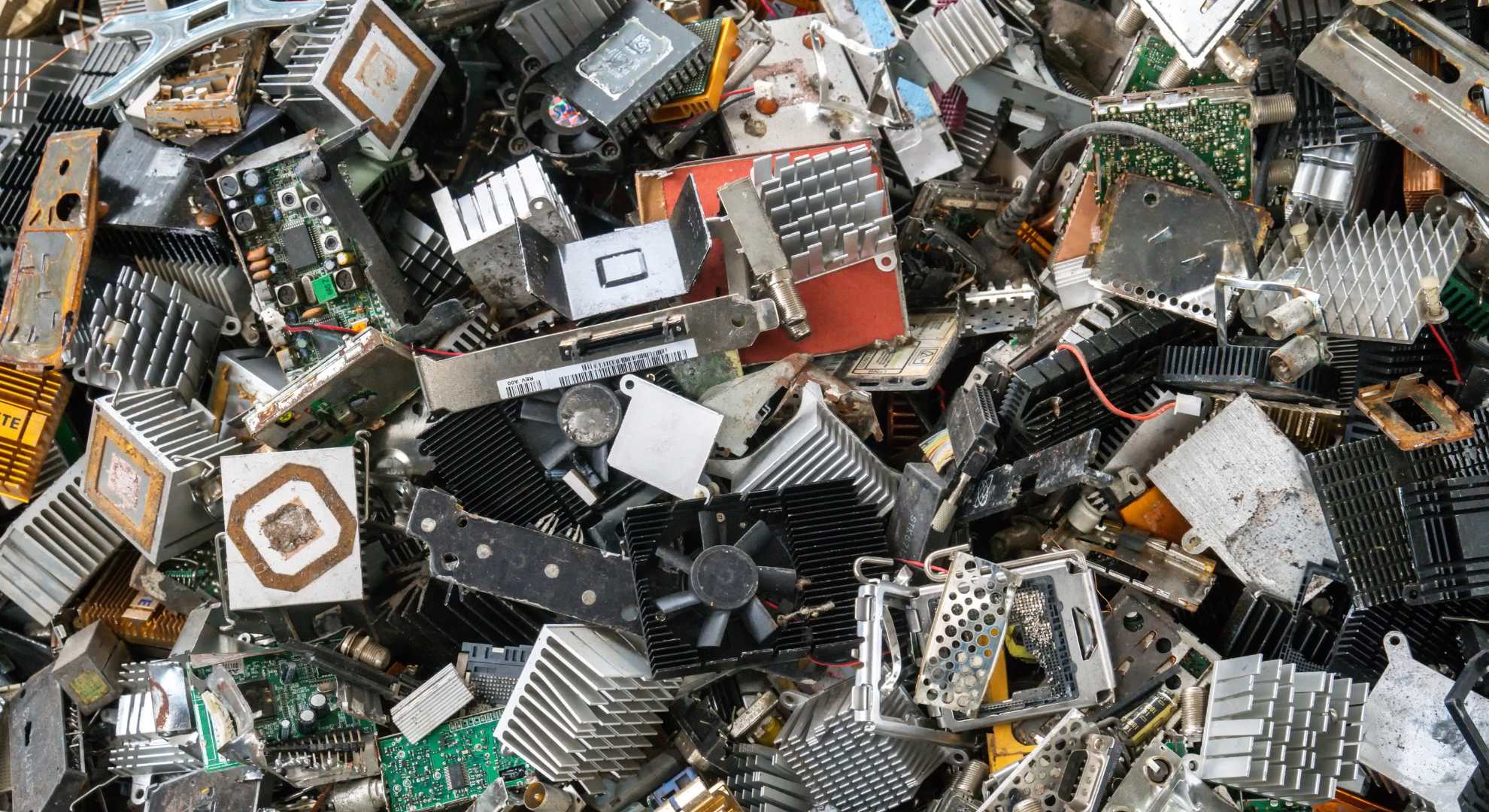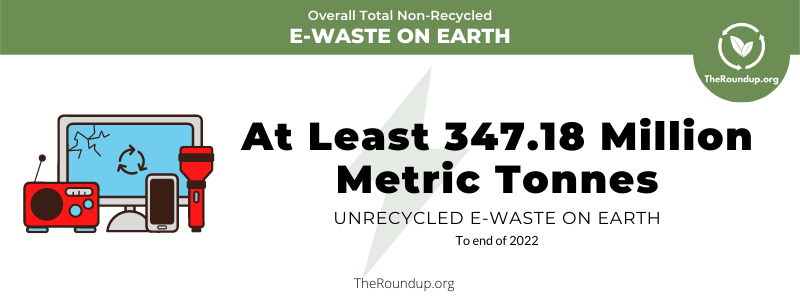The Greatest Guide To Recycling Lives Services
The Greatest Guide To Recycling Lives Services
Blog Article
What Does Recycling Lives Services Do?
Table of ContentsThe Ultimate Guide To Recycling Lives ServicesThe Recycling Lives Services PDFsRumored Buzz on Recycling Lives ServicesRecycling Lives Services Can Be Fun For AnyoneAbout Recycling Lives Services

Furthermore, all Oxfordshire local authorities approve vapes and e-cigarettes as a separate kerbside collection. Exactly how they are accumulated in each area varies somewhat; examine you have the proper information for your area.
Mobile batteries the kind you locate in tiny handheld devices can likewise be reused at the kerbside but not inside any of your bins. Inspect the Waste Wizard for how to do this in your area. Bigger stores that market batteries additionally have collection points for reusing old batteries. Batteries should always be removed from electric things where they are made to do so and recycle individually, Energy-saving, LED and small fluorescent light bulbs and tubes can be reused at our reusing centres.
Recycling Lives Services Things To Know Before You Buy
Older-style filament or halogen light bulbs can be disposed of in your general rubbish bin at home. Some Do it yourself shops also have collection factors for light bulbs.

More About Recycling Lives Services
Electrical items are broken down into separate pasts to ensure that the various materials they are made up of can be gotten rid of and recycled. Waste recycling centres are for usage by homeowners just and can decline waste from commercial resources. Tiny businesses and traders have a duty of treatment under this plan, which indicates they likewise have to abide by the WEEE guidelines.
E-waste, electronic waste, e-scrap and end-of-life electronics are terms commonly used to define utilized electronics that are nearing completion of their useful life, and are discarded, contributed or offered to a recycler. The UN specifies e-waste as any type of discarded items with a battery or plug, and includes hazardous and hazardous substances such as mercury, that can posture extreme danger to human and ecological health.
The Best Guide To Recycling Lives Services
Just 17.4% of this electronic waste, consisting of a combination of damaging substances and valuable materials, will certainly be taped as being properly gathered, dealt with and recycled - https://old.bitchute.com/channel/vJOGwy4jFYBA/. Lots of campaigns are undertaken to tackle this expanding issue, however none of them can be completely reliable without the active duty and appropriate education and learning of customers

Moreover, extracting discarded electronic devices creates 80% less emissions of co2 per device of gold contrasted with mining it from the ground. In 2015, the removal of raw products made up 7% of the globe's energy usage. This means that moving in the direction of making use of even more secondary resources in digital items could aid significantly within the targets established out in the Paris Contract on climate adjustment.
The Main Principles Of Recycling Lives Services
When the carbon dioxide released over a device's life time is thought about, it mainly happens throughout production, prior to customers purchase an item. This makes lower carbon processes and inputs at the production phase (such as use recycled raw materials) and item lifetime crucial components of general ecological impact.
Even in the EU, which leads the globe in e-waste recycling, simply 35% of e-waste is officially reported as correctly gathered and reused. Around the world, the standard is 20%; the staying 80% is undocumented, with much winding up buried under the ground for centuries as garbage dump. E-waste is not naturally degradable. The lack of recycling weighs greatly on the worldwide electronic sector and as tools site link end up being much more various, smaller and more complex, the problem intensifies.
The staying mass of e-waste mostly plastics tied with steels and chemicals postures a much more intractable trouble. A new vision for the production and intake of digital and electrical products is needed. It is very easy for e-waste to be mounted as a post-consumer problem, however the issue incorporates the lifecycle of the devices every person utilizes.
Report this page